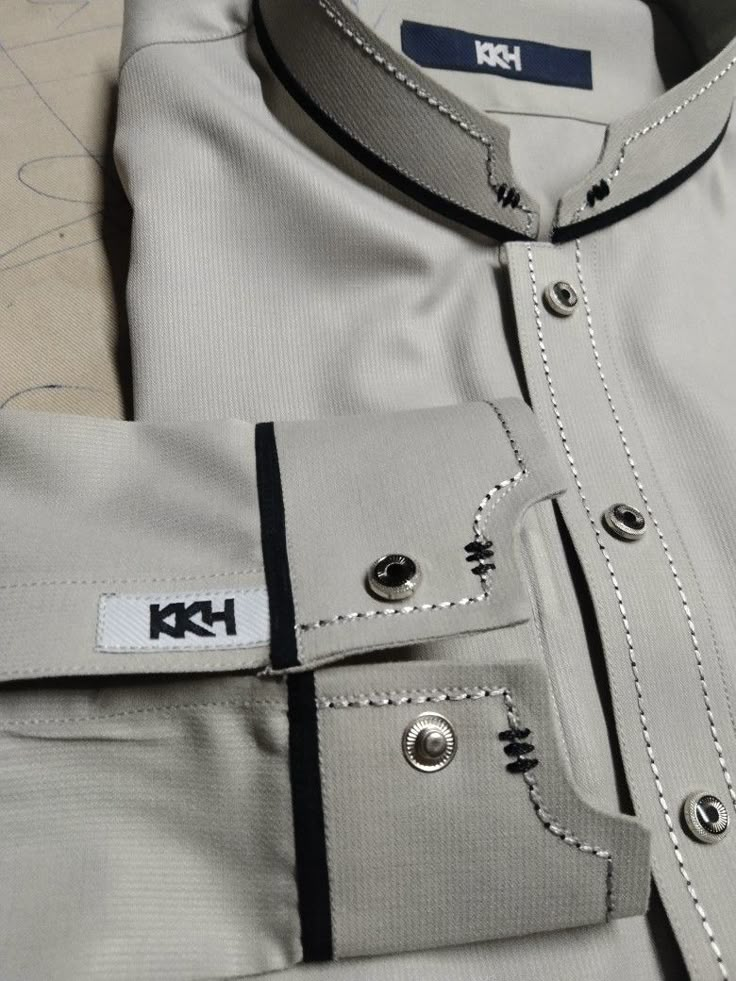
What to Wear to a Job Interview
Table of Contents
- Understanding the Importance of Interview Attire
- Dress Code Guidelines for Different Industries
- Best Outfits for Men: Professional & Polished Looks
- Best Outfits for Women: Stylish Yet Professional Choices
- Accessories & Grooming: The Finishing Touches
- What Not to Wear: Common Interview Fashion Mistakes
- Adapting Your Outfit to Company Culture
- Final Tips for Dressing to Impress
Understanding the Importance of Interview Attire
First impressions matter, and your outfit plays a huge role in how you’re perceived. Dressing professionally shows respect for the opportunity and demonstrates that you take the role seriously. Studies reveal that hiring managers often decide within the first few minutes whether a candidate is a good fit—appearance heavily influences this snap judgment.
Dress Code Guidelines for Different Industries
Corporate jobs (finance, law, consulting) demand formal business attire—think suits, ties, and conservative dresses. Creative fields (marketing, design, tech) allow more flexibility but still require polished, put-together looks. Casual workplaces may permit smart-casual outfits, but always err on the side of professionalism.
Best Outfits for Men: Professional & Polished Looks
A well-fitted navy or charcoal suit is a timeless choice. Pair it with a crisp white or light blue dress shirt and a subtle tie. Leather dress shoes (black or brown) complete the look. For less formal settings, a blazer with chinos and loafers works well. Avoid loud patterns or overly trendy pieces.
Best Outfits for Women: Stylish Yet Professional Choices
A tailored pantsuit or a knee-length sheath dress in neutral tones (black, navy, gray) is ideal. Pair with closed-toe pumps (moderate heel) and minimal jewelry. Blouses should be conservative—avoid deep necklines or sheer fabrics. Skirts should hit at or just above the knee.
Accessories & Grooming: The Finishing Touches
Keep jewelry simple—stud earrings, a watch, or a delicate necklace. Avoid strong perfumes or colognes. Shoes should be clean and polished. Hair should be neat, and men should be freshly shaved or well-groomed. Carry a professional bag or briefcase, not a backpack.
What Not to Wear: Common Interview Fashion Mistakes
Avoid jeans, sneakers, flip-flops, or overly casual wear. Loud colors, excessive makeup, and wrinkled clothing are red flags. Ill-fitting outfits (too tight or too loose) look unprofessional. Visible tattoos or piercings may be frowned upon in conservative industries—consider covering them.
Adapting Your Outfit to Company Culture
Research the company’s dress code beforehand. Check their website, social media, or ask the recruiter. If unsure, it’s better to be slightly overdressed than underdressed. For startups, smart-casual (blazer with dark jeans) may suffice, but always maintain a polished appearance.
Final Tips for Dressing to Impress
Plan your outfit in advance to avoid last-minute stress. Ensure everything is clean, ironed, and fits well. Confidence is key—if you feel good in your outfit, it’ll show. Remember, your attire should complement your qualifications, not distract from them.